There are journeys you take, and there are journeys that take you.
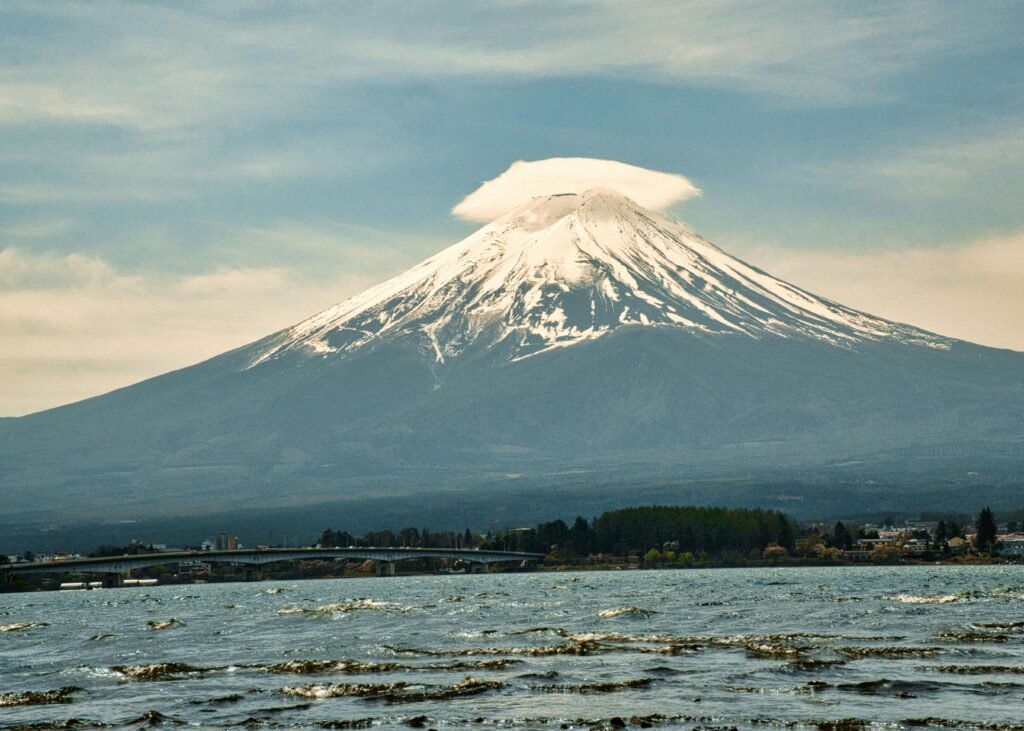
As someone who has trekked mountains and hills since childhood and was born in the Himalayas, I’ve always had a deep respect for the peaks. Over the past decade, one mountain lingered in my mind—sacred, solitary, and striking: Mt. Fuji, the proud symbol of Japan.
Standing tall at 3,776 meters, Mt. Fuji isn’t just a mountain; it’s a cultural symbol. The Japanese view it as a sacred being, and travelers from around the world hope to witness its beauty from afar or take on the challenging climb to its summit. For many, this trip is a once-in-a-lifetime experience. For me, it was about finding a different kind of silence—not the silence of isolation, but the silence above the clouds, where effort meets insight.
The Approach: From Tokyo to the 5th Station
After some research, I decided to take the Yoshida Trail, the easiest route for climbers from Tokyo. Unlike the more rugged and less popular Subashiri or Gotemba trails, Yoshida is well-traveled, relatively gentle, and full of climbers during peak season.
It was early July; the official climbing season had just started. I knew that this short period from July to September was the safest time, as the snow had melted and the mountain welcomed both experienced climbers and first-time adventurers. To know detail about Mt.fuji then here it is
My plan was straightforward: climb at night, reach the summit before sunrise, and come back by midday. Night climbing, also known as “bullet climbing,” is not for everyone—it’s tough, cold, and you walk uphill in darkness. But for those who are well-prepared, it offers the ultimate reward: a breathtaking sunrise from the highest point in Japan. Plus, you save on accommodation.
I took the train from Tokyo Station on the Chuo Line headed for Otsuki, enjoying a comfortable ride through the city’s outskirts that gradually transitioned to rolling hills. From Otsuki, I then caught the Fujikyu Line to Kawaguchiko Station, where nature teased you with glimpses of Mt. Fuji. Finally, a bus took me along winding roads to Fuji Subaru Line 5th Station, the base camp at 2,300 meters, where the real journey starts.
I arrived around 6:35 PM at a bustling station. Some climbers started their ascent, like me, while others were dragging their feet back from the summit, faces sunburnt but smiling, proud of their accomplishment. I felt a rush of anticipation. It was time.
Into the Dark: Climbing the Yoshida Trail
My pack was light—a small trekking bag, some snacks, a raincoat, a thermal layer, and a bottle of water. Years of mountain trekking taught me to travel simply but smartly. While others carried large backpacks, trekking poles, oxygen sprays, and energy gels, I moved quietly and instinctively. Still, I felt out of place—a lone Nepali climber among many well-prepared Japanese hikers and European adventurers. Some looked at me, puzzled by my simple gear. If only they knew where I was from.
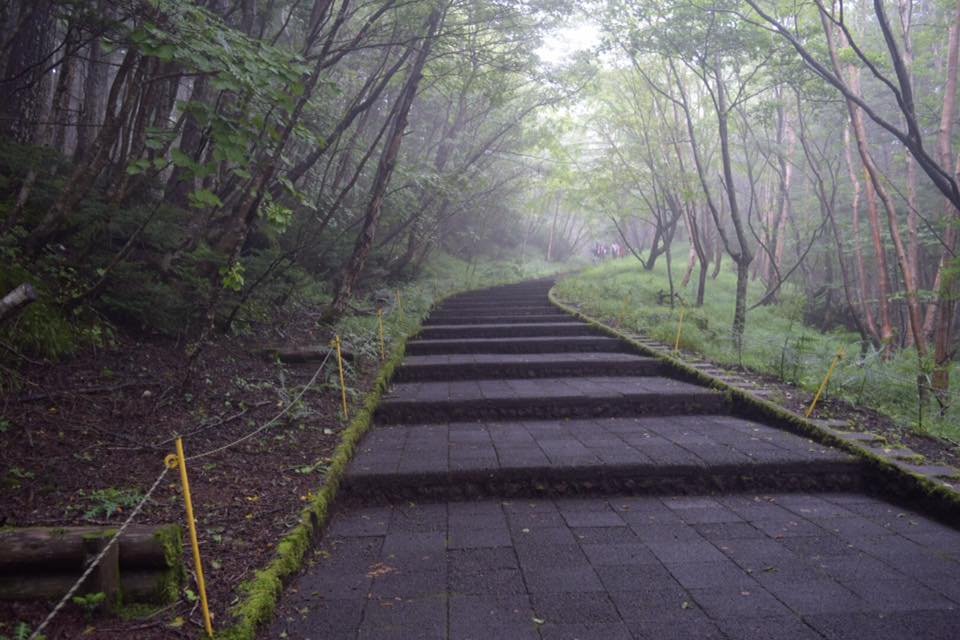
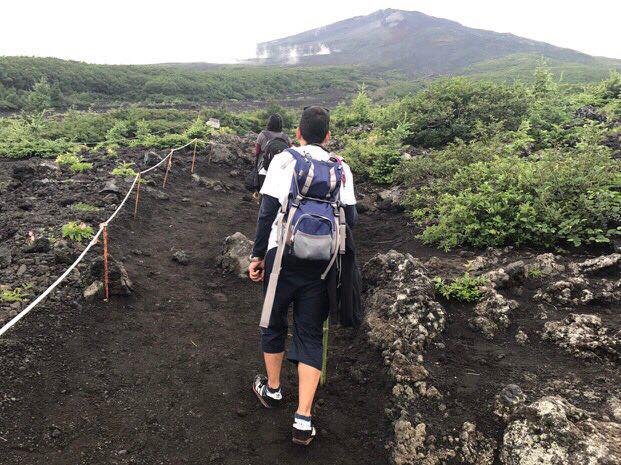
The trail began gently, with paved paths and concrete fences. The sky turned indigo as the sun sank behind the ridges. I could see distant city lights; Tokyo began to sparkle like fireflies. Slowly, the concrete disappeared beneath my boots, replaced by volcanic gravel and black ash. This terrain was different from the rocky paths of the Himalayas—Fuji had its own character. The ground felt soft and unstable, like stepping through layers of loose memory.
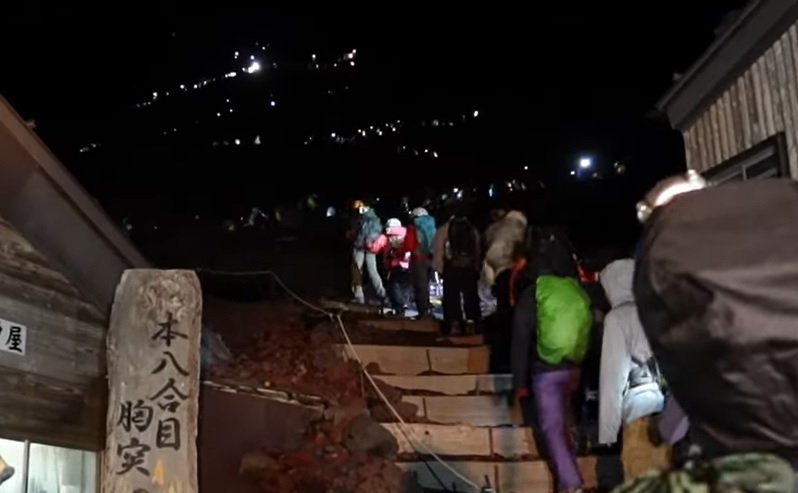
As darkness fell, the line of climbers before me became a glowing thread of headlamps, winding up the mountain like a trail of ants. It was beautiful—a human constellation moving with a shared goal. Silence enveloped us, broken only by the crunch of boots and the occasional cough. We each had our reasons for climbing, but in that darkness, we shared a common heartbeat.
The Climb: One Step, One Breath
The higher I climbed, the colder it became. The wind stung my ears as fog rolled in unpredictably. Fuji is known for its unpredictable weather, and I was glad I packed a rain jacket and thermal gloves. Some climbers already looked worn out by Station 7. We stopped frequently—not only to rest, but because our bodies needed it.
The altitude began to play tricks—headaches, dizziness, and shortness of breath. I saw one man crouching down, hands trembling, whispering, “もう無理” (I can’t anymore). But others cheered him on and gently urged him to keep going. That’s the magic of Mt. Fuji—the community it fosters among strangers.
By midnight, city lights sparkled far below, and stars shone just above. The trail narrowed, and lines formed at bottlenecks. I walked, rested, sipped water, and walked again. With each step, I felt the muscle memory from years of trekking—yet this was different. Fuji wasn’t testing my endurance; it was testing my patience.
The final stretch to the summit felt endless. But at around 4:00 AM, with burning calves and a chilled spine, I spotted the red gate—the summit.
The Summit: Sunrise in the Land of the Rising Sun
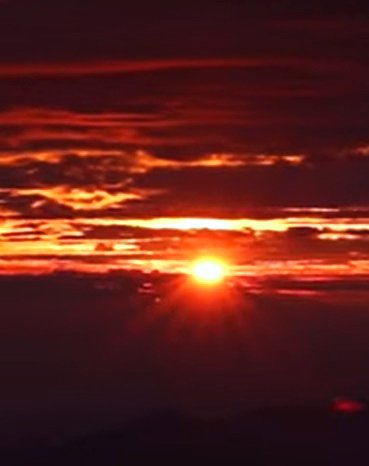
The pain faded away. In its place was awe.
The air was thin but fresh, filled with silence and respect. Above the clouds, the sky began to brighten—first a pale yellow, then deepening into burnt orange, crimson, and finally gold. The clouds below spread endlessly, like waves in a celestial ocean. I sensed the entire nation slowly waking beneath me, Tokyo now just a memory.
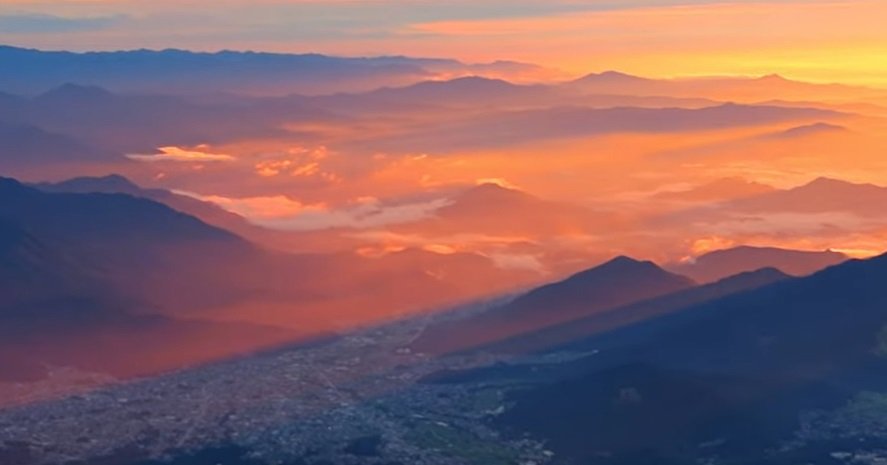
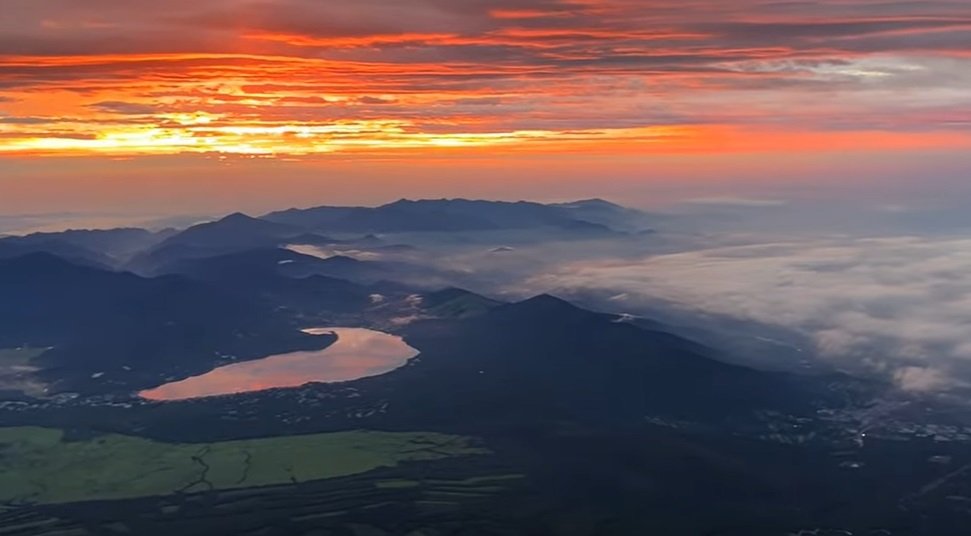
I was standing above Japan, witnessing the country’s first light touch the sky.
I found a quiet spot and sat down. A wave of emotion rushed over me—fatigue, yes, but also something deeper: an overwhelming gratitude that left me speechless. In all my years of climbing, I had rarely felt this kind of peace. No buzzing phones, no noise. Just wind and wonder.
And then I realized I was hungry.
The Ramen at the Roof of Japan
It’s ironic to eat instant ramen at 3,776 meters. But it tasted like a feast. There’s a small shop at the summit serving hot bowls to tired climbers. The price? Ridiculous. But up there, it didn’t matter. Each bite warmed me.
I chatted briefly with a fellow climber from Osaka. He mentioned he had climbed Fuji every summer for the last seven years. “It’s a reminder,” he said, “that life is still beautiful.”
The Descent: The Hardest Part of the Journey
By 7:00 AM, it was time to head down.
If climbing up was slow and steady, the descent was a different story a test of control, balance, and knee strength. My legs were already sore, and every step down felt like a struggle against gravity. The trail was steep, dusty, and slippery. Many climbers used trekking poles to lessen the impact, but I didn’t have any. I often felt like I might tumble down like a dropped stone.
I took breaks, stretched my legs, and kept moving, one shaky step at a time. The sun now blazed overhead, and black volcanic dust swirled in every gust. By 11:00 AM, after nearly four hours of descent, I reached the 5th Station again, this time with dust on my shoes, sweat on my face, and a story etched into my bones.
What Mt. Fuji Taught Me
Climbing Mt. Fuji isn’t about conquering a peak. It’s about surrendering to the unknown, to your limits, and to something greater than yourself.
In the Himalayas, we learn to respect the mountains not just as landforms, but as living spirits. Fuji carries that same energy. She watches silently as people arrive, climb, struggle, and rejoice. She makes no judgments. She simply offers everyone a chance to discover something they didn’t know they were searching for.
For me, it was clarity. For some, it’s joy. For others, a kind of rebirth.
If you ever find yourself in Japan, looking at a postcard of Fuji or catching a glimpse from the Shinkansen window, know that she’s more than just beautiful. She’s waiting patiently for those who dare to meet her face-to-face.
And if you do go pack light, climb slow, breathe deeply, and watch the sun rise from the heart of the rising land.
✅ Best Time to Climb Mt. Fuji
• July to early September is the official climbing season.
• For the sunrise experience, consider starting at night (around 7 PM–8 PM).
✅ Best Trail for Beginners
• The Yoshida Trail is the most recommended for first-timers due to its facilities and rescue access.
✅ Top Tips for a Successful Climb
• Acclimate properly at the 5th Station for 30–60 minutes before climbing.
• Pack light but effectively—bring layers, snacks, gloves, and a headlamp.
• Don’t rush. The journey is more mental than physical.
• Descending can be tougher—take your time and watch your footing.
✅ Is It Worth Climbing Mt. Fuji Without a Guide?
• If you’re fit, experienced, and prepared, yes.
• But first-timers should consider hiring a guide or staying overnight in a mountain hut around the 8th Station.
Conclusion: Mt. Fuji — A Journey to Remember
For me, Mt. Fuji was not the tallest mountain I’ve climbed, but it offered one of the most profound experiences. From the camaraderie on the trail to the overwhelming beauty of the sunrise, every moment reminded me why we seek the mountains.
So if you’re wondering whether to climb Mt. Fuji—do it.
Not just to reach the top, but to discover a version of yourself only a mountain like Fuji can reveal.
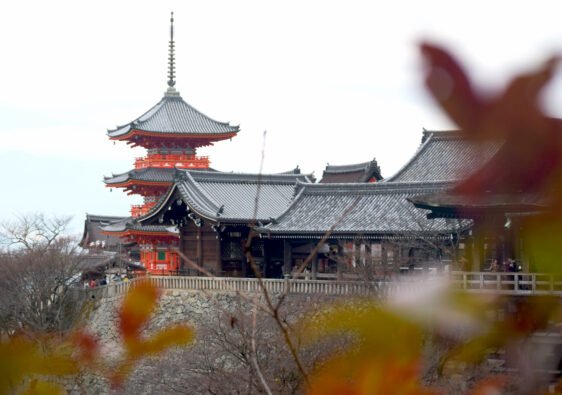
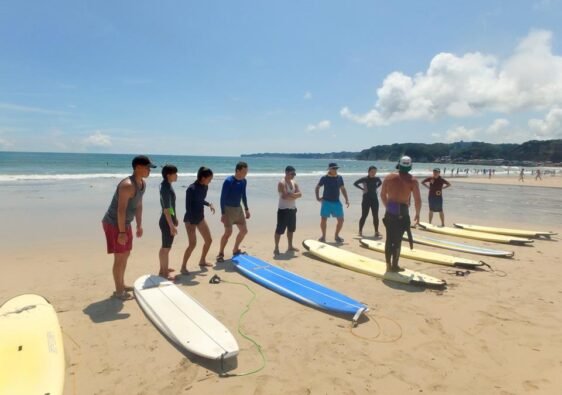
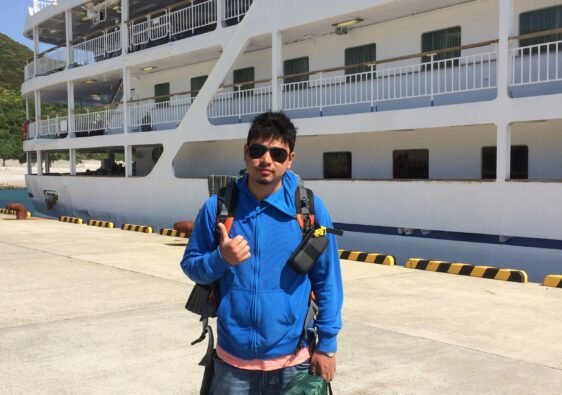

[…] the wind and the occasional rustle of leaves. Whether I am in my home country or Japan, I love to hike or search for a peaceful area to be with […]
[…] and headed to Fujimitoge Observatory of Nijima. I’m a trekking enthusiast (check out my blogs on Mt. Fuji and Annapurna Base Camp), so this was a […]